
Just sprained your ankle? You’re not alone. Ankle sprains are the most common lower-body injury in all of the sports, so if you’re one of the few that has never experienced an ankle sprain until now, consider yourself lucky! While they can initially be very painful and limiting, most people respond very well to a structured ankle sprain rehab program. However, there is clearly a serious issue with the average ankle sprain rehab protocol because not only are ankle sprains the most common lower-body injury, but they also have the highest reinjury rate. This is often attributed to poor management in the first place, and chronic ankle instability is the last thing you want to deal with! In this article, you will learn everything you need to know about a lateral ankle sprain injury and the best ankle sprain rehab protocol!
How To Get Started & Pick The Right Exercises
So you sprained your ankle and you’re looking for the best resource to get you started on your journey to recovery. Look no further than the video above! This is an awesome starter video that’ll break down what an ankle sprain is and more importantly what exercises to start with and progress towards! After watching, you may want to consider our ankle sprain program that’ll guide you to where you want to be!
Learn What You Need To Perform Ankle Sprain Rehab From Home!
Lateral ankle sprains can be challenging and frustrating due to having the highest injury AND reinjury rate amongst any lower-body injury. The high reinjury rates are likely because most ankle sprains aren’t properly managed in the first place. It’s time to change the narrative with [P]Rehab – we’ve designed a solution for you to get back to normal life while protecting your ankles into the future! Learn more HERE!
What exactly is an Ankle Sprain?
An ankle sprain is an injury to the ligaments of the ankle. Ligaments are a type of connective tissue that connects bones to other bones to provide stability to joints and prevent excessive movement. While the ankle has an abundant supply of ligaments, the most commonly sprained ligaments in the ankle are all on the lateral or outside portion of the ankle.
A lateral ankle sprain refers to a ligament injury of either the anterior talofibular (ATFL) and/or posterior talofibular ligament (PTFL) and/or the calcaneofibular ligament (CFL). These ligaments are described based on what bones they connect to. These ligaments collectively provide stability to the lateral aspect of the ankle. It is much easier to sprain the lateral ankle ligaments versus the medial ankle ligaments or the structures involved in high ankle sprains because of the common mechanism of injury (rolling the ankle) and the lateral ligaments are simply inferior in comparison when it comes to their quantity and design. Up to 70% of the general population have or will experience a lateral ankle sprain in their lifetime, that’s crazy! What is even scarier is how high the reinjury rate is for lateral ankle sprains, especially within the first year (two-fold reinjury risk) making it the highest reinjury rate amongst all lower-body injuries (1).
Lateral Ankle Ligamentous Anatomy
Grades of Ankle Sprains
In general, ankle ligament injuries are classified into three grades representing increasing severity.
- Grade I = mild ankle sprain, 2-4 week recovery. In regards to a grade I injury, the anterior talofibular ligament (ATFL) is involved. This is the ligament that is most commonly sprained with lateral ankle sprains.
- Grade II = moderate ankle sprain, 1-2 month recovery. Grade II lateral ankle sprains will also involve the calcaneofibular ligament (CFL) in addition to the anterior talofibular ligament. More laxity of the ankle will be present.
- Grade III = severe ankle sprain; full ligament tear, 3+ month recovery. This will involve all 3 ligaments that are injured with grade III sprains, including the ATFL, CFL, and posterior talofibular ligament (PTFL).
These grades are typically only assessed through imaging, although a full tear can be assessed by a trained physical therapist or orthopedist. Understand, however, that most ankle sprains do not require imaging. Imaging (like x-rays) should only be used if a fracture is suspected, in this case, you want to push pause on your ankle sprain rehab. Moreover, tissue healing timelines will be different based on the severity of ligament injuries. You can read more on this topic in our tissue healing article!
Ankle Sprain Rehab: Understanding Lateral Ankle Sprain Grades
Sample Ankle Sprain Rehab Program Education!
Lateral Ankle Sprain Rehab Tips
Differences Between Lateral Versus High Ankle Sprains
As previously mentioned, lateral ankle sprains are much more common than high ankle sprains. In the chart below, we have detailed the major differences between these two types of ankle sprains. You can read more on high ankle sprains HERE!
Ankle Sprain Rehab: First Rule Out a Fracture
You may think to yourself after a nasty ankle sprain, “O my gosh, my ankle looks terrible!” Don’t worry, swelling is a normal process after an injury, and the ankle is one area of the body that is more prone to swelling. However, even if the ankle sprain looks really bad with tons of bruising, you should only seek out imaging based on the Ottawa Ankle Rules below:
- Can you take 4 steps (it’s okay if you need to limp)? NO? –> GET AN XRAY
- Do you have tenderness/pain around your medial or lateral malleoli (the little bone bumps on either side of your ankle)? Specifically the backside of the bones? YES? –> GET AN XRAY
- Do you have tenderness/pain around the base of the 5th metatarsal (bump on the lateral/outside portion of your foot; halfway between your heel and your little toe)? YES? –> GET AN XRAY
- Do you have tenderness/pain around the navicular bone (bump on the medial/inside portion of your foot?) YES> –> GET AN XRAY
You can read more on the topic of X-Rays after an ankle sprain by clicking on the article link below!
READ: DO I NEED AN X-RAY AFTER AN ANKLE SPRAIN?
Lateral Ankle Sprain Rehab And Treatment: Early Mobility Is Key!
The old adage of Rest, Ice, Compression, and Elevation (RICE) for ankle sprain rehab is far outdated. Complete rest is one of the worst things you can do following an ankle sprain, and instead, a new acronym called P.O.L.I.C.E is now the recommendation. Rest is replaced by Protection, and Optimal Loading. This means that early on, we need to protect the injured areas by not over-stressing the tissues, but still applying healthy sub-maximal loads to the tissues that actually stimulate the healing process. More on these exact exercises in a bit, but make sure you watched the video at the beginning of this article to learn how to safely progress exercises!
Furthermore, recent research has shown that the individual elements of RICE alone are not effective, apart from icing immediately after the injury for the first few days, if given along with exercise. This means that the most important part of ankle sprain rehab is providing protection and optimal loading through exercise, not the rest/icing/compression/elevation that is typically recommended!
The Prehab membership is the anti-barrier solution to keeping your body healthy. Access state-of-the-art physical therapy, fitness programs, and workouts online in the comforts of your own home or gym! Taking control of your health with exercise & education from the palm of your hand has never been easier. Get access to 50+ programs, 100+ unique workouts, and 3000+ exercises to build your own workout routines. Trial it for free, and learn how to get out of pain, avoid injury, and optimize your health with [P]rehab!
Early Lateral Ankle Sprain Rehab Exercises
Protection of the injured area immediately after an ankle sprain means that we should strive to not do any activities or movements that cause an increase in baseline pain levels. This means that the general rule of thumb for these exercises is only to move within your tolerable pain-free ranges! Because most ankle sprains involve the ligaments on the outside of the ankle, moving the ankle inwards will typically cause discomfort. This is because you are putting a little stretch on the injured ligament, so be cautious with the inward direction in the first week or so! You will be able to slowly reintroduce this movement after the initial acute phase of the injury once your symptoms begin to subside.
Lateral Ankle Sprain Rehab Exercises: Ankle Circles
Sample Ankle Sprain Rehab Program Exercise
Ankle Alphabets
Once you get comfortable exploring your pain-free ranges of motion, you can easily use a theraband to begin to apply some resistance to your exercises. The goal again is to push as much as you can, without increasing your baseline levels of pain too much.
Once you are able to bear weight and walk comfortably without an increase in baseline levels of pain afterward, your ankle sprain rehab should consist of all standing exercises; ideally on one leg or on unstable surfaces to challenge your ankle stability and proprioception. The ankle ligaments provide feedback to your body which assists in things like balance, that’s why focusing on neuromuscular control exercises is a must! The options are endless for ankle sprain rehab when you reach this stage in your recovery, but some of our favorite exercises are below.
READ: ADVANCED LATERAL ANKLE SPRAIN REHAB EXERCISES
Don’t Skip Out On Balance Exercises For Lateral Ankle Sprain Rehab
Balance exercises are an absolute must for ankle sprain [P]Rehab! This is because the ankle joint and ankle ligaments are highly responsible for joint proprioception, which is the body’s understanding of where it is in space. Without training these joint proprioceptors with various balance exercises that simulate daily activity, one may be predisposed to recurrent ankle sprains in the future. Remember, ankle sprains have the highest recurrence rates of any lower-body injury, so the best thing you can do to prevent them in the first place is bulletproof your ankle joints with balance and strengthening exercises! We will provide some examples of balance exercises below.
Single Leg Balance
Use Unstable Surfaces
Should I Take Pain Medication?
Ultimately this is a question of preference and your pain tolerance. NSAIDs like Motrin, Advil, and Celebrex are considered over the counter and readily available to most individuals. While they can decrease pain and swelling after an ankle sprain, there is newer ongoing research on the potential negative effects of NSAIDs as they delay and suppress the body’s natural healing process. Our body initially heals through inflammation, so do we want to limit it? In our opinion (not medical advice), take NSAIDS early on if you absolutely need to and can’t handle the pain, but discontinue them as soon as your pain and swelling are under control (1). It can always be a tough decision when trying to decipher whether to take medications, receive injections, or other treatments to control pain. Listen to our podcast below with Dr. Alex Weber to learn all about cortisone injections!
LISTEN: GET EDUCATED ON CORTISONE INJECTIONS
Should I Use An Ankle Brace?
Yes! Early on, a lace-up or semi-rigid ankle brace will allow you to load the injured ligament in a protected manner. These types of braces allow some motion but limit excessive motion that would typically delay the healing process early on. Understand that when in a brace, you are limiting the loads to the healing ligament (which the ligament needs to heal). This is advantageous early on but is not advised in the long term during day-to-day activities. Ankle braces can in fact be used for athletes when they are back to playing sports for prevention, so don’t completely discredit the use of an ankle brace!
Closing Thoughts
Lateral ankle sprains are one of the most common injuries that individuals sustain. It is important to receive a proper diagnosis from a healthcare professional, especially if symptoms are not improving early on. These ankle sprains have a good prognosis as most people are able to have full recoveries and restore their prior levels of function. However, if you do not exercise specifically to train your ankle strength, stability, and control, you are likely to re-injure yourself! The ankle feeds off of its ability to remain stable and adapt to changes in terrain we often encounter such as trails, hills, steps, and so forth. Therefore, be sure to work on some of the exercises we have highlighted throughout this article when not only recovering from your sprain but even after your recovery to ensure you are bulletproofed for life!
Take Control of Your Ankle Health!
Ankle sprains can be scary and to add fuel to the uncertainty fire there is a lot of misguided information about treating it. We are here to set the record straight because the best treatment is not complete rest, but rather early safe and protected movement. What is done in the initial phases of injury plays a role in the long-term outcome. The goal is that you regain confidence in your ankle’s ability to support movement and generate higher levels of force needed for walking, climbing stairs, and running. Learn more HERE!
References
About The Author
Michael Lau, PT, DPT, CSCS
[P]rehab Co-Founder & Chief Product Officer
Michael was born and raised in Northern California but now currently resides in Sunny SoCal ever since attending the University of California, Los Angeles as an undergraduate majoring in physiology. After his undergraduate studies, he received his Doctorate in Physical Therapy from cross-town rival the University of Southern California. As a licensed physical therapist with a strong background in strength and conditioning, Michael likes to blend the realms of strength training and rehabilitation to provide prehab, or preventative rehabilitation, to his patients. A common human behavior is to address problems after they become an issue and far often too late, which is a reactionary approach. He believes the key to improved health care is education and awareness. This proactive approach-prehab-can reduce the risk of injuries and pain in the first place. He is a huge proponent of movement education and pain science. Clinically, he has a special interest in ACLR rehab and return to sport for the lower extremity athlete.
Disclaimer – The content here is designed for information & education purposes only and is not intended for medical advice.
About the author : Michael Lau PT, DPT, CSCS
19 Comments
Leave A Comment
You must be logged in to post a comment.
Related posts
Get Proactive with Prehab
- ✔ Zero wait times, no hidden fees, no barriers to entry!
- ✔ Get out of pain, get stronger, and improve your mobility
- ✔ Access to easy-to-digest physical therapy education videos & resources to learn about your body in the palm of your hand
- ✔ Guidance from trusted Doctors of Physical Therapy
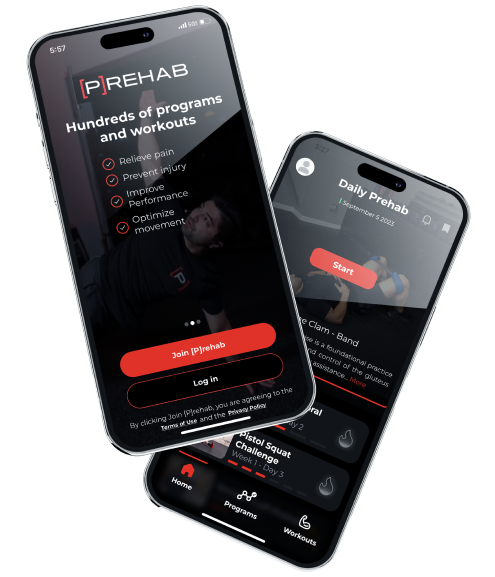
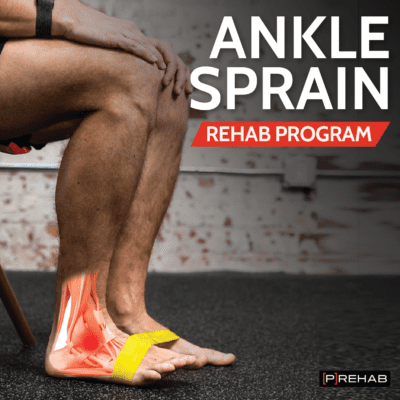

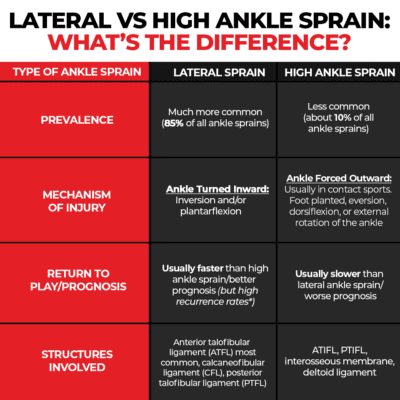

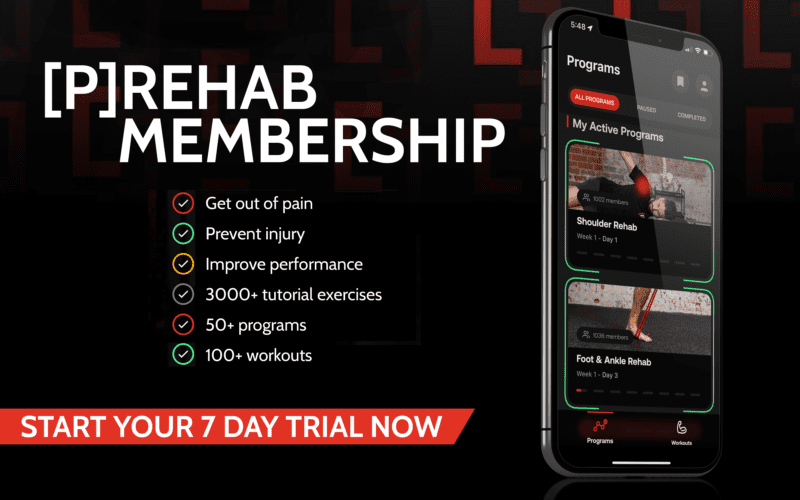
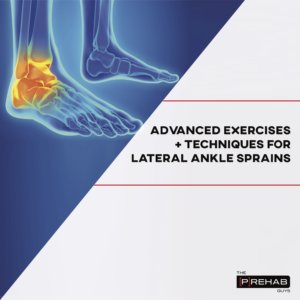
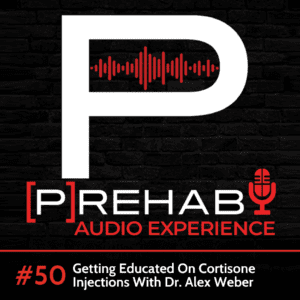


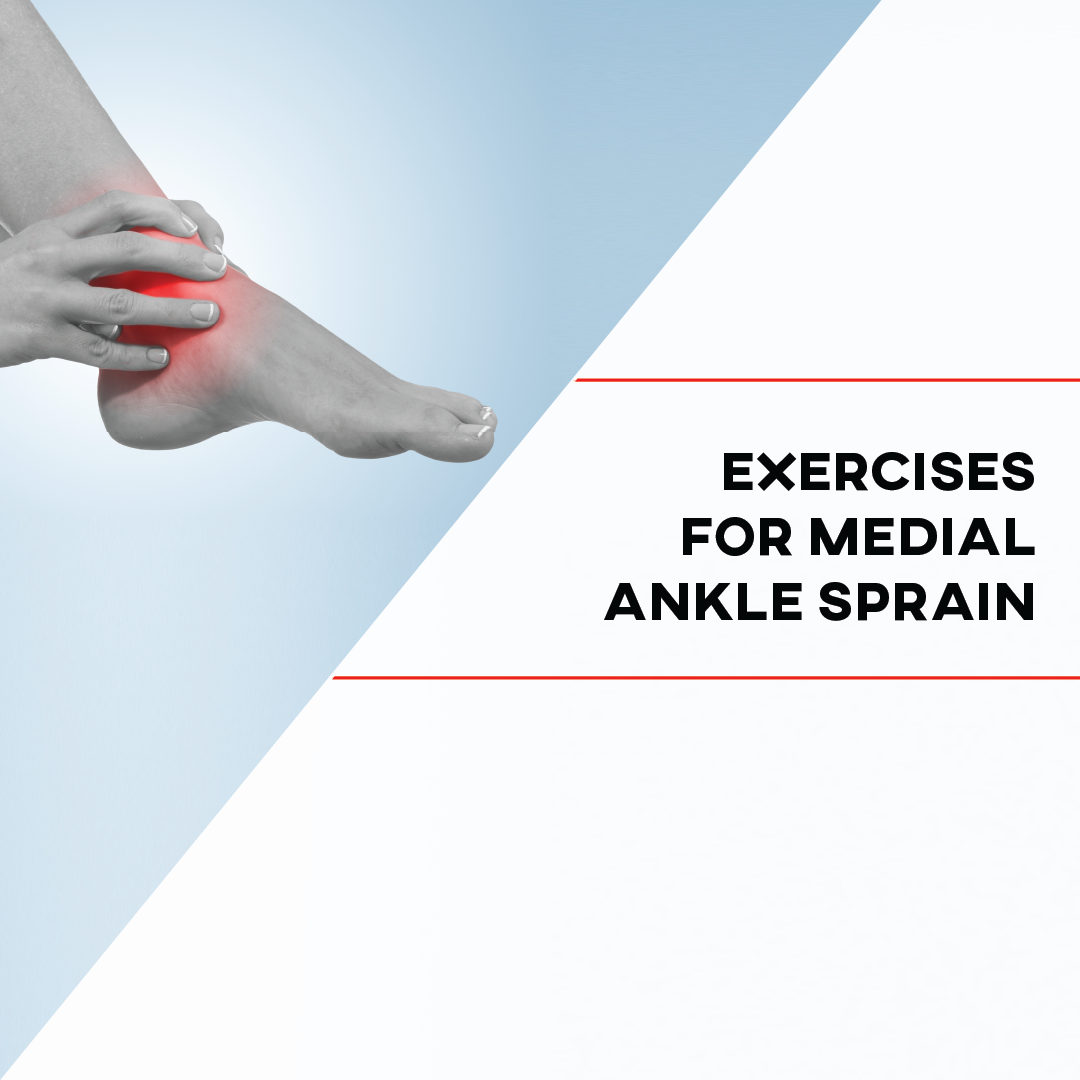
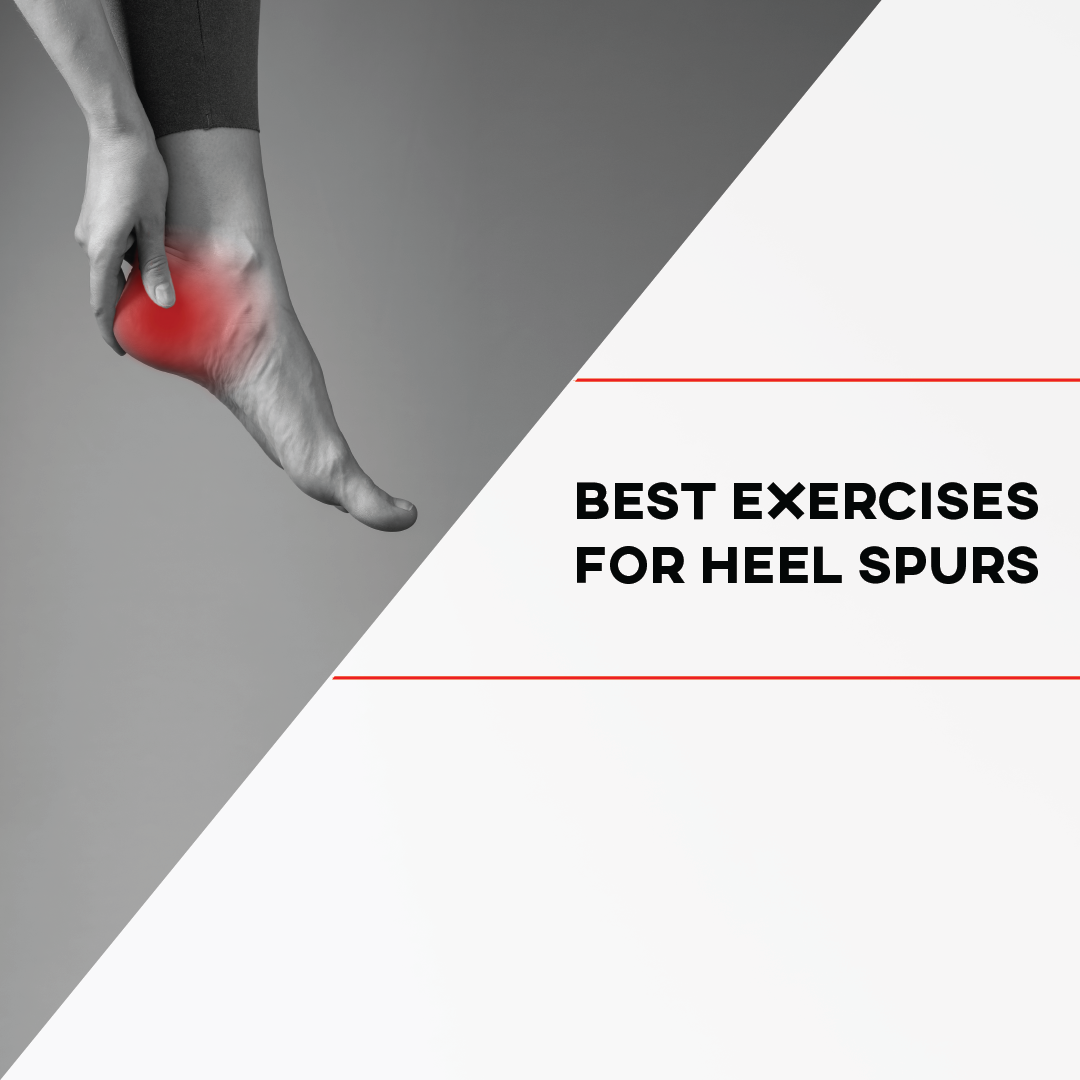

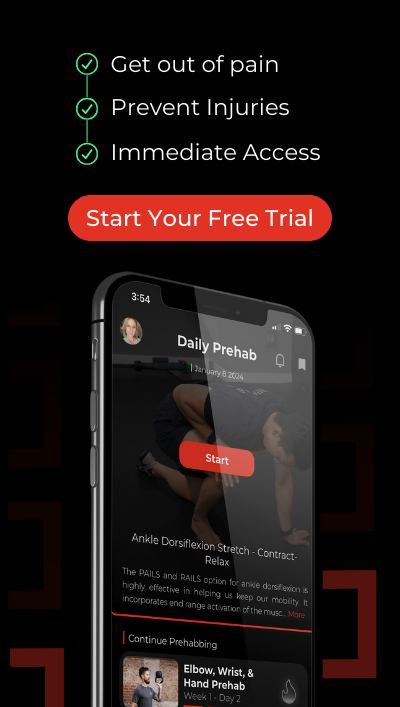



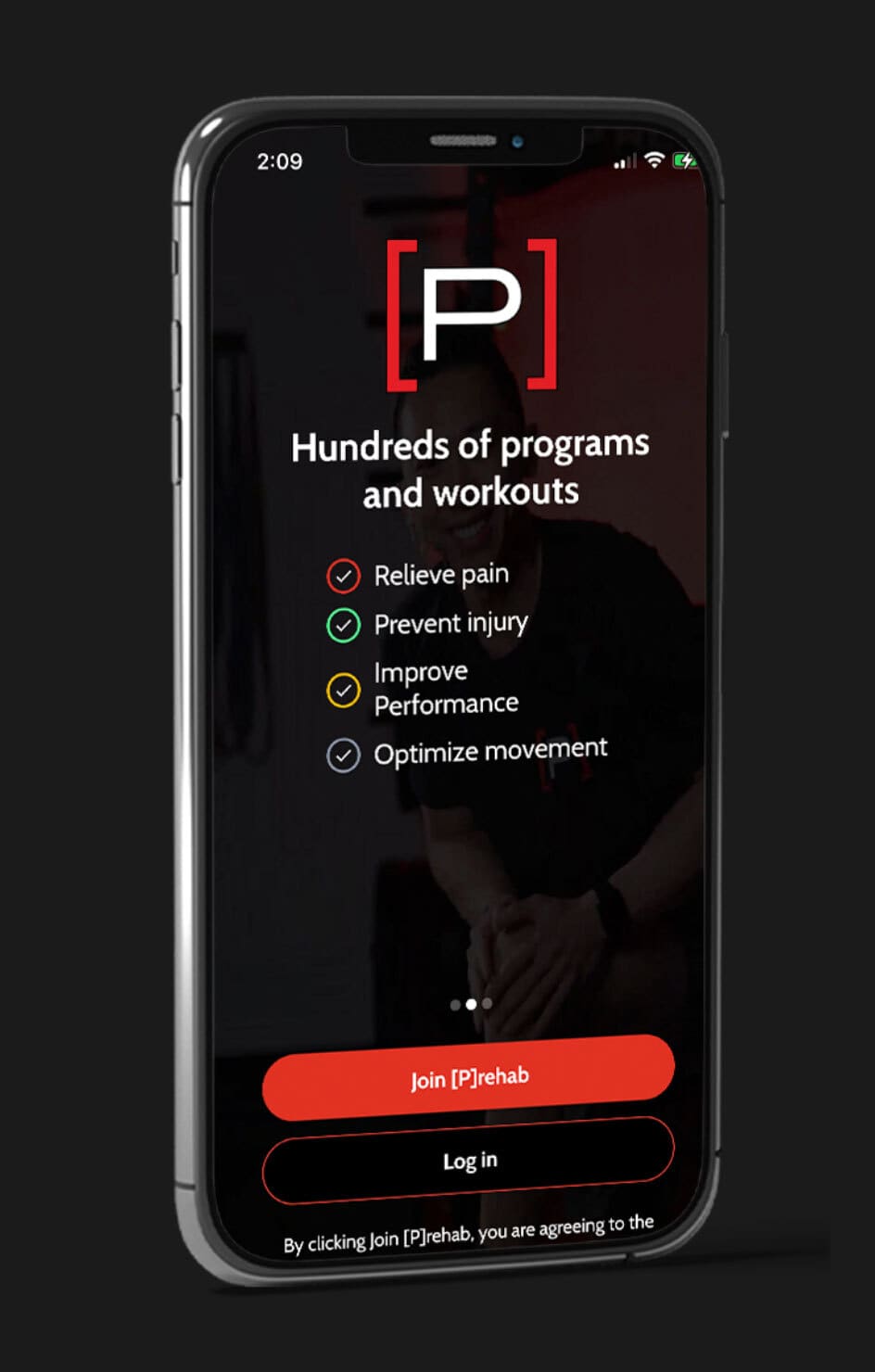


Any tips and tricks for people suffering from ankle anterior impingement further along the ankle sprain rehab process?
Thanks!
Try some banded dorsiflexion mobilizations and some 3D DF mobs! Both are in our exercise library! Check the tags: ankle, mobility
Awesome thank you sir!
What about a Grade 3 sprain of ATFL. Are these exercises still effective? Ortho surgeon is recommending surgery… I don’t want it!
Hey Trevor, it’s best to consult with a PT in person for any specific advice….
In most cases, a lateral ankle reconstructive surgery is deemed necessary if you have chronic ankle instability and have not found success with conservative rehab, like our Ankle Sprain Prehab Program. I would suggest checking that out and getting clearing from your ortho: https://theprehabguys.com/program-ankle-sprain/
Sprained my ankle around April and it’s not 100% yes it was around a grade 2. Should I Be concerned
If you’re concerned and you’re loooking for help with it, our Ankle Sprain [P]Rehab Program would be the best fit for you! https://theprehabguys.com/program-ankle-sprain/
Any information for a medial ankle sprain?
Not yet, but in the making!
Great article Michael! Those are some really useful tips. I feel if the sprain is severe, using an ankle brace can be a good idea. There are different types of braces, so a bit of research would be needed. Some provide more pressure, while other limit the range of motion.
Thanks Max! Definitely agree there if it is severe enough a brace could be beneficial!
Amazing and wonderful article! The tips you mentioned in your blog are really helpful. I feel if the sprain is severe, using an ankle brace can be a good idea. I like your videos because you have explained all the things thoroughly which helps me a lot. Keep posting such interesting and useful blogs.
Thank you so much for your positive support! This means so much to us!!!
Is ankle calcification a big concern after sprains. My doctor is saying there is calcification in my sprained ankle and is advising me to rest even 4 weeks after the injury. Please tell me a bit about calcification and it’s relation to sprains. Thanks. Great article by the way.
In some situations calcification may occur after ankle sprains or other foot/ankle injuries. Unfortunately we are not allowed to give direct medical advice on this platform due to legality. However, following the principles outlined in this article will help you streamline your early movement and recovery process.
If you would like more guidance on how to specify your programming, please feel free to email us at theprehabguys@gmail.com. Thank you for your question and for reading our article!
pickleball ankle sprain – ouch
thanks for info on rehabbing. i want to get back to activities but at same want to do rehab properly so not prevent re-injury.
Sorry to hear about your injury playing pickleball! We wish you a speedy recovery. We do have an ankle sprain program that would be great for you to go through for proper rehab as well as to prevent re-injury. Below is the link. Please let us know if you have more specific questions or need more guidance!
https://theprehabguys.com/program-ankle-sprain/
What are your thoughts on scraping?
Hi Masood!
Article coming soon on this!!